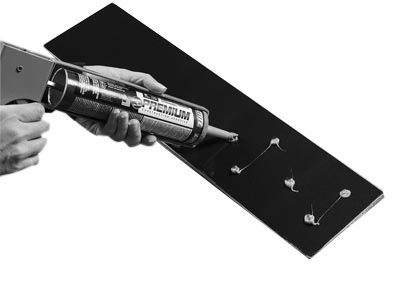Quick and Easy Acoustic Insulation with Cork Underlay
One of the hardest things to get rid of in a home is excess noise. Most acoustic remediation is expensive, time consuming and sometimes ineffectual. When it comes to deadening the noise in a space, cork is some of the best Cheap Soundproofing Material in the business.

Using cork underlay under rigid flooring (hardwood, laminate, ceramic tile, etc) has been increasing in recent years. The main reason is because it is cost effective and efficient at getting the job done. Using cork flooring has also been used but with only a small amount of people choosing to work with this unique flooring product. Only 1% of the world’s flooring is cork. Considering the thermal and acoustic benefits of cork, this number is very, very low
” are rarely seen in the same sentence. For good reason. Noise abatement is very tough to get a handle on. Tougher still is finding and then installing the right product. Cork can be both cheap and soundproof. Or nearly soundproof.
It is important to understand a little bit about noise. Noise is a vibration that the ear (and all the nerves) turns into a chemical transmission the brain interprets as “sound”. Noise is described as a wave. That wave is a vibration which can be considered a form of pressure as well (pressure wave). That’s why the measuring unit, the decibel (dB), is considered a unit of pressure and a unit of intensity (how loud the sound is).
Cork has many unique properties that reduce vibration, pressure and sound. This sound deadening is extremely powerful. Only one other building material ranks better than cork: rubber. Solid rubber (most often sourced from used car tires) has the same soundproofing properties as cork but at a higher cost and a higher “health price”. Rubber has been found to deteriorate into noxious fumes for many years after installation. Many people with respiratory ailments have a hard time living with rubber products in their home. For this reason, rubber rarely gets mentioned as a cheap soundproofing material.
Using a cork floor to reduce the onset of noise (footsteps) is a great first step. Using cork flooring + cork underlay is another step to reducing

noise that is already in the air (TV, stereo, conversation, cooking noises, etc). Because noise often bounces around inside a space as an “echo” (known as “hang time”), cork’s ability to reduce noise that is already air borne is well documented. Cork flooring on the ground reduces noise from moving in all directions…not just “downstairs” to a neighbor. Cork flooring with cork underlay reduces the noise that enters a home as well as noise that bounces around to create a continuous humming or buzzing feeling.
Everyone needs flooring. Most floors require underlay. Cork flooring together with cork underlay greatly reduces the noise levels inside a space. Including cork flooring and cork underlay as part of your noise abatement strategy is not only smart, but inexpensive. Cork flooring is one of the cheapest soundproofing material products on the market…by far.









